How Long Can Beef Stay In The Fridge
Proper food storage is crucial for ensuring the safety and freshness of the ingredients we consume. When it comes to beef, knowing how long it can safely stay in the fridge before it spoils or becomes harmful to consume is essential. The United States Department of Agriculture (USDA) recommends different refrigeration times for different types of raw meats.
For raw ground meats, poultry, seafood, and variety meats, it is best to refrigerate them for only one to two days before either cooking or freezing them. On the other hand, beef, veal, lamb, and pork roasts, steaks, and chops can be safely refrigerated for three to five days before cooking or freezing.
Once cooked, meat, poultry, and seafood can be stored in the refrigerator for an additional three to four days. It is important to note that the temperature of the refrigerator should be set to 40°F (4°C) or below, and that all raw meat should be stored on the bottom shelf to prevent any juices from dripping onto other foods.
Raw beef storage guidelines
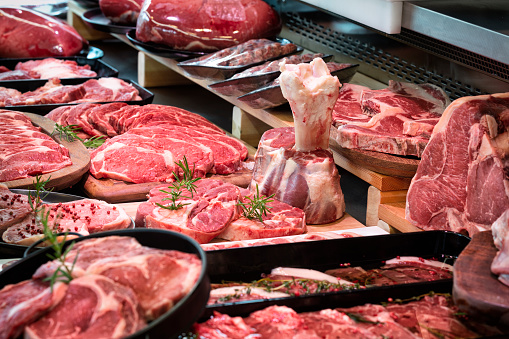
Proper storage of raw beef in the refrigerator is crucial for food safety. The United States Department of Agriculture (USDA) has established guidelines that should be followed to prevent spoilage and ensure the meat remains fresh and safe to eat.
According to the USDA, raw ground meats, poultry, seafood, and variety meats, including liver, tongue, and chitterlings, should not be stored in the refrigerator for more than 1 to 2 days before cooking or freezing. In contrast, beef, veal, lamb, and pork roasts, steaks, and chops can be refrigerated for up to 3 to 5 days before cooking or freezing.
It is important to keep in mind that refrigeration only slows down the growth of bacteria and does not eliminate it completely. This means that even if the meat is stored in the refrigerator, it can still become unsafe to eat if it is not used within a specific timeframe. Adhering to the USDA’s refrigeration guidelines for raw meats is essential for ensuring that the meat stays fresh and safe for consumption.
If you are uncertain about being able to cook the meat within the recommended timeframe, freezing is a better option. Freezing meat not only inactivates microbes such as bacteria, yeasts, and mold, but it also slows down enzyme activity, which can help keep the meat fresh for longer. When freezing meat, be sure to wrap it tightly in plastic wrap or foil to prevent freezer burn. This step will help ensure that the meat remains in good condition and has a longer shelf life.
Cooked beef storage guidelines
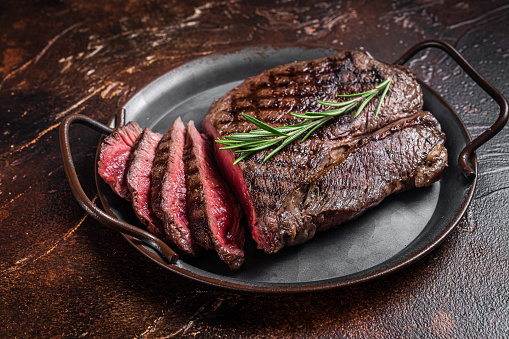
Proper storage of food is crucial to prevent spoilage and foodborne illnesses. When it comes to meat, poultry, and seafood, it’s essential to follow specific guidelines to ensure their safety for consumption. After cooking, these food items should be stored in the refrigerator at temperatures between 33°F and 40°F and consumed within three to four days. For longer storage, it is recommended to store them in the freezer at 0°F or lower for six to twelve months.
When storing ground beef, it’s important to maintain a temperature of 40°F or below to keep bacterial levels low. Ground beef should be used within two days if stored in the refrigerator. If you plan to store it for more extended periods, it’s best to freeze it. When cooking ground beef, ensure that it reaches a minimum internal temperature of 160 °F (71.1 °C) to destroy any harmful bacteria.
The science behind food spoilage
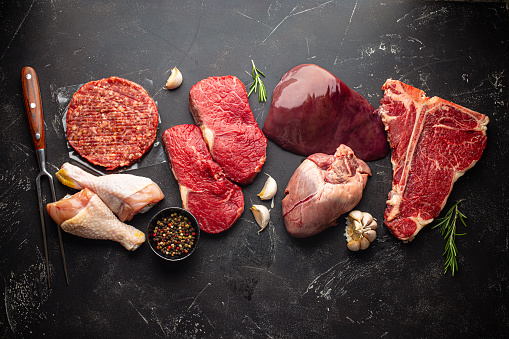
Food spoilage occurs when a food product becomes unfit for consumption due to various external factors, including the type of product, packaging, and storage conditions. One major cause of spoilage is the presence of bacteria, which breaks down the food and generates acids and other waste products in the process. While the bacteria themselves may not always be harmful, their waste products can be unpleasant to taste and potentially hazardous to one’s health.
It is important to note that there are two distinct types of bacteria that can grow on food: pathogenic bacteria and spoilage bacteria. Pathogenic bacteria are the ones responsible for causing illness, and they tend to thrive in the temperature range between 40 °F (4.4 °C) and 140 °F (60 °C), commonly known as the “Danger Zone.” These bacteria can grow quickly and do not necessarily affect the taste, smell, or appearance of the food.
On the other hand, spoilage bacteria are microorganisms that cause food to deteriorate and develop unpleasant odors, tastes, and textures. These one-celled organisms are too small to be seen without a microscope, but their effects on food are noticeable. They can cause fruits and vegetables to become mushy or slimy, or meat to develop a bad odor. While they do not generally make people sick, they can make food unappetizing and unsafe to eat.
Several types of bacteria are commonly involved in food spoilage. For example, Lactobacillus can cause lactic acid formation, Pseudomonas can cause lipolysis, Flavobacterium can cause pigment formation, and Enterobacter and Streptococcus can cause slime or rope formation.
By understanding the different types of bacteria that can cause food spoilage, we can take steps to prevent it and keep our food fresh and safe to eat. Proper storage, handling, and preparation techniques can all help reduce the risk of food spoilage and keep our food supply healthy and delicious.
The importance of safe food storage
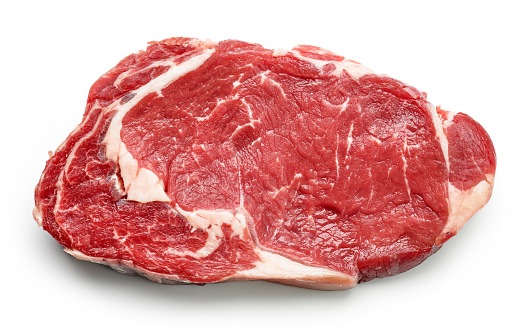
Proper food storage is essential to avoid the occurrence of foodborne illnesses. When food is not stored appropriately, it becomes a breeding ground for harmful bacteria like Salmonella, E. coli O157:H7, and C. botulinum, which causes botulism. However, by adhering to safe food storage guidelines, the growth of these bacteria can be slowed or prevented, and the food can remain fresh and safe to eat.
To keep food delicious and safe, there are several essential rules that should be followed when storing food. Firstly, foods that require refrigeration should be placed in the refrigerator as soon as possible after purchase. To prevent the growth of harmful bacteria, avoid leaving refrigerated items out at room temperature for more than two hours, or one hour if the temperature is above 90°F.
Maintaining the right temperature for your appliances is crucial for safe food storage. Your refrigerator should be set at or below 40°F (4°C), and your freezer should be set at 0°F (-18°C). To ensure the correct temperature, use appliance thermometers, which are affordable and readily available. Additionally, check storage instructions on labels as many foods other than meats, vegetables, and dairy products also need to be kept cold.
Ready-to-eat foods should be consumed as soon as possible. Refrigerated ready-to-eat foods like deli meats and salads should be consumed promptly. These foods pose a higher risk of Listeria growth, especially when stored in the refrigerator for extended periods, especially when the temperature is above 40°F (4°C). As a rule of thumb, if you notice anything suspicious, such as an unusual smell or appearance, dispose of it immediately.
By following safe food storage rules, you can keep your food fresh, healthy, and delicious for longer. Proper food storage helps to reduce waste, prevent foodborne illnesses, and maintain the quality of the food you consume.
Freezing beef for longer storage
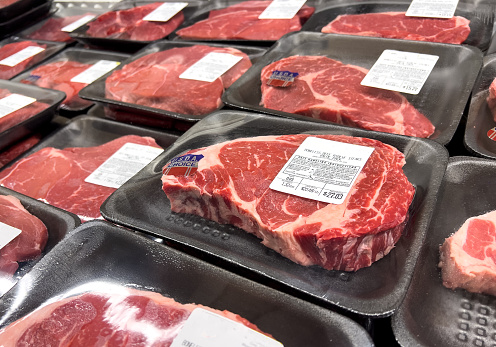
Freezing meat is an excellent option for long-term storage because it deactivates various harmful microorganisms, including bacteria, yeasts, and mold, while also slowing down enzyme activity.
According to the United States Department of Agriculture (USDA), properly storing meat in the freezer at 0°F (-18°C) reduces the temperature to a point that inhibits most bacterial growth. However, warmer temperatures can encourage bacterial growth, which can cause illnesses and health complications.
In addition to preventing bacterial growth, proper freezing techniques also protect against pathogenic bacteria, which are responsible for many foodborne illnesses and food poisoning cases. Moreover, safe storage techniques preserve the quality and flavor of the meat.
Various compounds in meat tend to oxidize and break down rapidly at room temperature, leading to a significant loss of flavor. By using proper storage techniques, such as curing, smoking, and freezing, you can slow down this process and even prevent some or all quality loss.
The duration of meat preservation in the freezer may vary depending on the cut and type of meat, but uncooked meats can generally remain at high quality for anywhere from 1 to 12 months.
However, it is crucial to follow the correct guidelines to store and freeze meat to ensure its safety and prevent bacterial growth. By doing so, you can effectively preserve the quality and flavor of your meat for an extended period while also reducing the risk of health complications.
Best practices for freezing meat
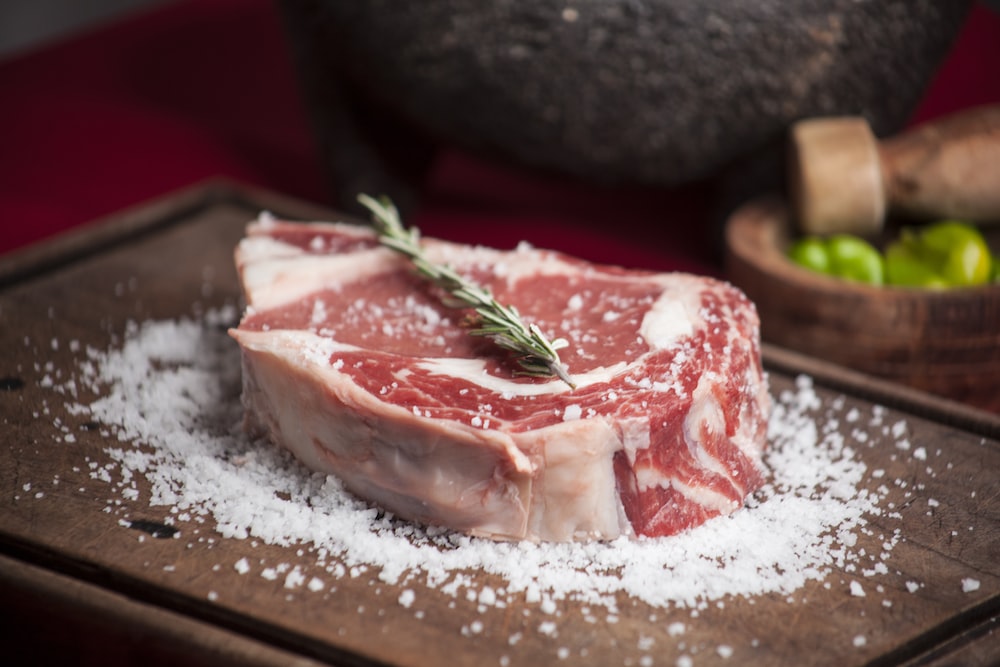
Properly freezing meat is essential for preserving its quality and preventing foodborne illnesses. To ensure safe and effective freezing, there are some essential practices that you should follow.
When storing meat purchased from a market, it is generally safe to leave it in the package it came in, provided there are no holes or breaks in the packaging. However, if you are freezing butchered meat, it is best to wrap the cuts in an airtight package first. To further protect the meat, you can overwrap the packaging with airtight foil or plastic wrap, especially if you plan to store it for more than two months. This additional layer of protection will help prevent freezer burn and contamination.
Another critical factor to consider when freezing meat is the temperature of your freezer. The USDA recommends storing meat at 0°F (-18°C) or below. At this temperature, the growth of bacteria and other microorganisms is inhibited, ensuring that the meat remains safe to eat for an extended period.
It is important to note that some freezers may not consistently maintain temperatures this low, particularly if they are frequently opened and closed. Therefore, it is advisable to check your freezer’s temperature with a thermometer to ensure that it meets the recommended temperature range.
Conclusion
In conclusion, proper food storage is crucial to prevent spoilage and food poisoning. Beef, for instance, can be safely kept in the refrigerator for 3 to 4 days, but it’s essential to maintain temperatures between 33°F and 40°F. It’s especially important to follow food safety guidelines when handling ground beef because it’s more susceptible to bacterial growth.
To keep bacterial levels low, store ground beef at or below 40 °F (4.4 °C) and use it within 2 days, or freeze it. Moreover, it’s crucial to cook ground beef to a safe minimum internal temperature of 160 °F (71.1 °C) to destroy harmful bacteria.
References:





